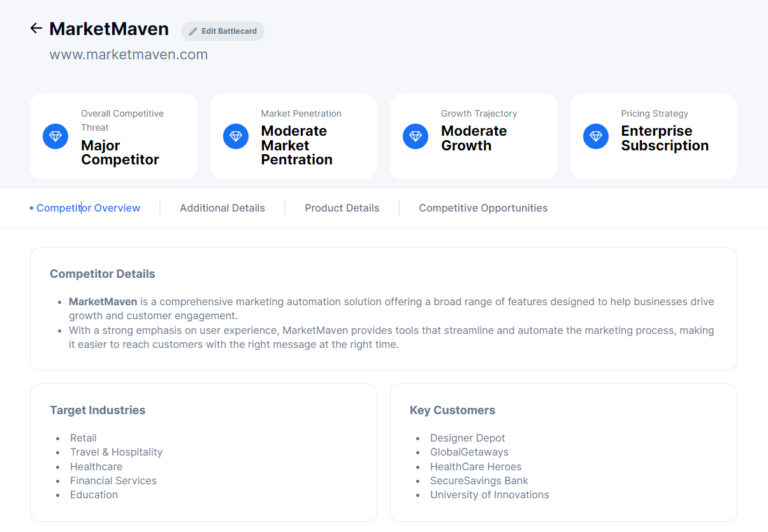Last week I wrote about the SE trusting his Account Manager (AM). This week it’s the other way around, mainly since trust is a two way street. I believe it was Steven Covey who talked about not being in a codependent relation. First you have to be independent, then you become interdependent to achieve even higher levels of success. When it comes to AMs and SEs, they are definitely very co-dependent. Unless it is a commodities sales, the AM needs the SE specifically, and the larger technical team generally, to be successful. They cannot say “I can control my own future”. They can control getting the lead, setting up the initial meeting then closing the deal. In between the initial meeting an closing the deal, all the can control is the amount of follow up they can do with the technical people involved, from the SEs to the Product Managers. Now imagine that you only get paid 40 to 60% of your income if everybody that you cannot control, does their job properly. At that point, it’s not a matter of trust, it’s a matter of the AM trying to feed their family.
By the way, I didn’t really like the stock photos I used last week, so enjoy my stick figures!
In the end, if we want trust as SEs from the AMs, we will need to earn it. Here are some tactics to do just that:
1- Get involved in strategy meetings:
Some people think that strategy meetings are the domain of the AMs. Nobody wants to sit with with the AM and his director and listen to them talk. A half hour meeting can turn into an all day affair. I’ve sat through those, and all I can think of is please someone end my misery. But strategy meetings are important. It’s important for me as an SE to know that there are deals in the funnel, and how the AM intends to close those deals so that if I can help in any way, I know how to do so. It also allows me to add input.
2- Be more than a “Gofor “
A gofor is someone who does not have a thought by himself. He just does what he is told. Go upgrade some equipment, the gofor goes and upgrade it. Go get some donuts on the way to the meeting. Go answer some of the customer’s questions ( this would be a highly talented gofor). As SEs, we have to be more than that. We own a part of the relationship with the customer. We work with the AMs to figure out what their goals are for the week, month, or quarter, but we can make decisions that work in conjunction with the AMs goals to prioritize the actions that we take, from upgrading a chassis, to buying donuts, to answering questions.

3- Relay information properly to the AMs from the field
SEs are way more involved with customers in the field. Whether it’s a proof of concept, we understand almost everything more than the AM. Every technical objection, to every wow, that looks good. We are also more involved with the customer after they buy. All this information needs to be relayed back to the AM in a manner that they understand. If we are unable to do so, or we are too busy, the AM will feel that they are not in control. It’s like flying a plane where they don’t understand not only what all the knobs and buttons do, and the labels are in a foreign language. So, explain things properly, and earn trust points.
4- Be active in a Discovery meeting, but not too active:
The three items above are internal things that the SE can do with his AM to build trust. Now we are moving to performance in front of customers. The first time that the SE usually meet the customer is during a Discovery calls. I’ve heard horror stories about this one. One story I heard was that the SE didn’t ask any questions during the entire in person meeting. Not sure what they were doing there. Oh wait, they were sending linkedin invites to everybody in the room. Another horror story was that the SE didn’t give the prospect the chance to get a word in. He just started talking, and an hour later they left. They had no more info than when they walked in. Still scratching my head on how they thought that was a successful meeting.
In a discovery meeting, we are supposed to ask the right questions. If I don’t know what the right questions are, then I need to learn more about our technologies, or get another team, probably a specialist team involved. But the basic rule, is ask a question, then listen to the answer. Don’t interrupt the customer, and don’t think about the next question before the customer is done talking.
5- Be prepared for Demos
Know what the customer wants to see. This happens by asking questions during the discovery call and then understanding the customer’s response. After you internalize that info, you have to go out and actually work on a demo setup that reflects what was discussed with the customers. Use the customer’s nomenclature (I actually wrote this word correctly in one shot! take that spell check) in your demo, and anticipate questions that may be asked. Setup pre-demo meetings with your internal team to go over it make sure you got everything required. Then outline what you want to show. If you don’t, you will miss something during the demo. After all this effort, the AM will see how serious you are and will learn to trust you a bit more. If you have another team that specializes in demos, then you have to relay the correct info with the customer pain and possible business case so they can focus on showing how that can be solved during the demo.
6- Don’t be rude to the customer
I think this should go without saying, but I’ve seen un-intentional rudeness in some meetings and here’s an example. If a customer asks something, such as do you support X, and the answer is more than no we don’t, as in, well we support a bit of X but we can to what you want through Y and Z by doing this, and then the customer repeats the question, it means that the customer most likely doesn’t know if you understood the question. At this point the SE might be thinking that he just answered the question and says that cringe worthy sentence “as I said….”. In my opinion that’s a bit of rudeness. Take the time to make sure the customer understands that you understand the question. Ask him some more questions, as in by X, do you mean this that and the other thing, then answer the question.
There are some more obvious examples of rudeness such as, making the customer feel stupid and being condescending etc. At least these should be obvious, but I know SEs from different companies who are not allowed to visit some customers because they are just not liked because the customer felt (s)he was being talked down to.
7- Get things done
Here’s what I see with AMs, they don’t care who gets what done, as long as it’s done and the customer is happy and in a position to buy, or buy again. What I mean by that is the following. If you are a pre-sales engineer, and post-sales not part of your job description, the AM does not care. He wants the customer happy, especially if there is a possible new sale on the horizon. So he may ask you to do some post-sales stuff, such as configure some router for the customer, or setup some software, whatever it is. Any response besides “Sure AM, I’ll take care of it” is the wrong answer. I’m not saying the SE has to do it, especially if is better serving his company working on some more pre-sales activities, but the SE can get a resource to do what is required, and make sure that the customer is happy. At this point, the you took care of a situation for both the AM and the customer, and you built trust with both.
Here are some of my thoughts about building trust. I know that trust is a two way street, but you can only control your actions and emotions. So I say start with you. If the AM trusts you, it will make your life considerably easier.


